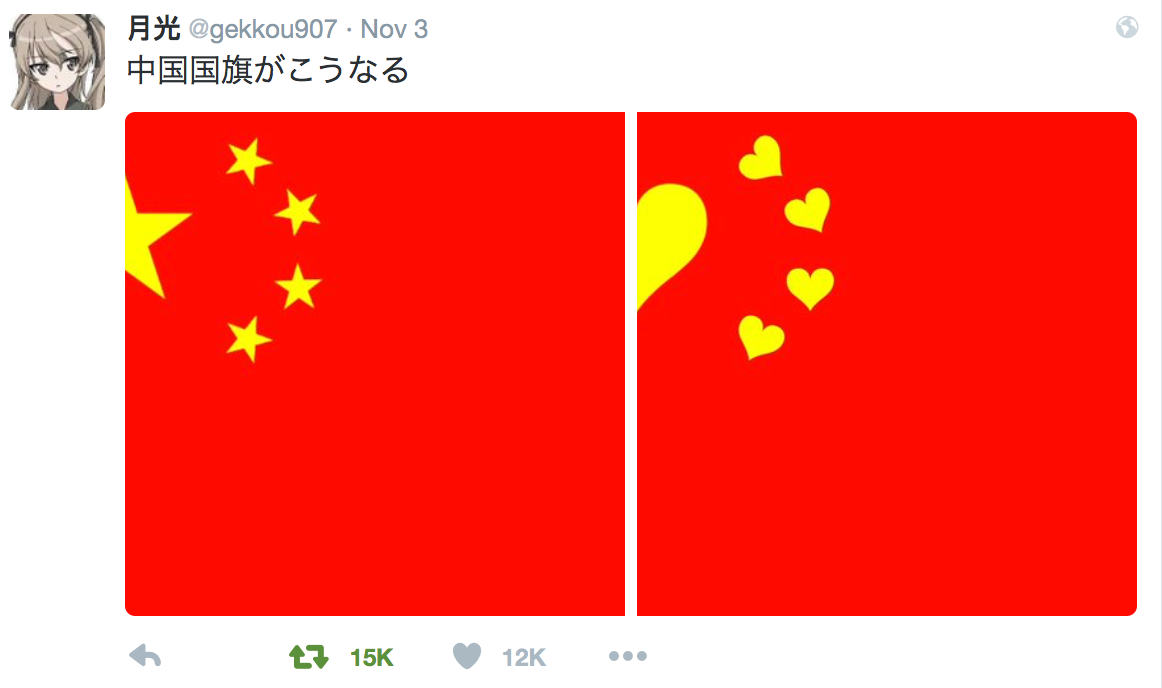Why Twitter was right to replace stars with hearts, and why you hate it
Last Tuesday, Twitter replaced its appreciation expressor button, pictured as a star, with a heart. Instead of “favs”, twitter users will now send “likes” to each other when they want to express that they feel positively disposed towards a 140 character string or its author. Twitter did not change any functionality, but what may look like a tiny typographic change made my timeline extremely angry.

By now (Wednesday), I have seen twitter petitions with thousand of signatures, polls, threats of quitting the social network, and (within the confines of 140 characters) well argued calls for reverting the change. Twitter is “reminding us that our public spaces are privately owned”, it “infantilizes communication”, it “sacrifices existing users to get new users into the platform”, it removes my ability to express appreciation without implying emotional alignment. How could Twitter do such a stupid thing?
I suspect that the answer is very simple and obvious. Someone in Twitter’s UI team suggested the change, a bunch of HCI folks did an A/B test among the focus groups, the focus groups overwhelmingly liked the new symbol, and the change was made.
What people use Twitter, and what do they use it for? I am using it as a news source, and as something like a public sentiment detector. Whenever a cultural topic, political development or scientific insight becomes relevant, Twitter tells me. I am curating my stream to maximize the signal in the noise. The signal that I am looking for is novelty in the market of ideas. And I realize that I am part of a small minority.
For the vast majority of Twitter users, the platform is a medium of aligning opinions with their peer group. Messages are highlighted to express a thumbs-up for their author. Messages are retweeted to express solidarity with the sentiment. Dissenting opinions are filtered, by unfollowing or muting their authors. Those that invade one’s statements with vocal disagreement are blocked, and peers that reimport the dissidents into one’s timeline be retweeting them may find themselves excluded from further conversations, too. In other words, the vast majority of Twitter users are normal people that do normal social communication. They socialize. They express that they accept the members of their ingroup, and wish to be accepted by them.
Obviously, my timeline has very few normal people in it. I am following mostly other nerds, hence I live in a bubble of complaints about the change. If you read this, chances are that you do, too. If you stumble into this blog and read until down here and happen to use Twitter, you are probably annoyed by the hearts too. And you know, you are wrong. Twitter’s programmers are supervised by adults that will prevent obvious stupidity.
Now Twitter has pointed out something to us that we might even be grateful for. We need a new platform. We need something that allows for cheap consumption of highly relevant signals in very little noise. We need a platform that does not focus on socializing or distraction, but that is universal and yet entirely relevant to our interests. We need something that feels like a seamless expansion of our nervous system, something that can link up into a global brain. Something that informs us. Our favorite information is relevant, even if we don’t like its sender or what we find out.